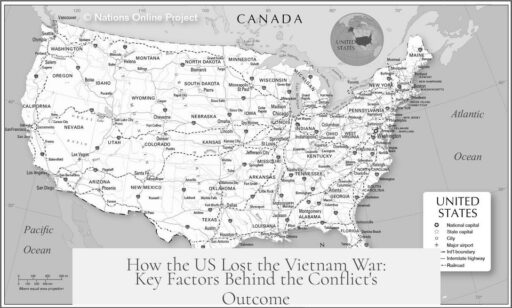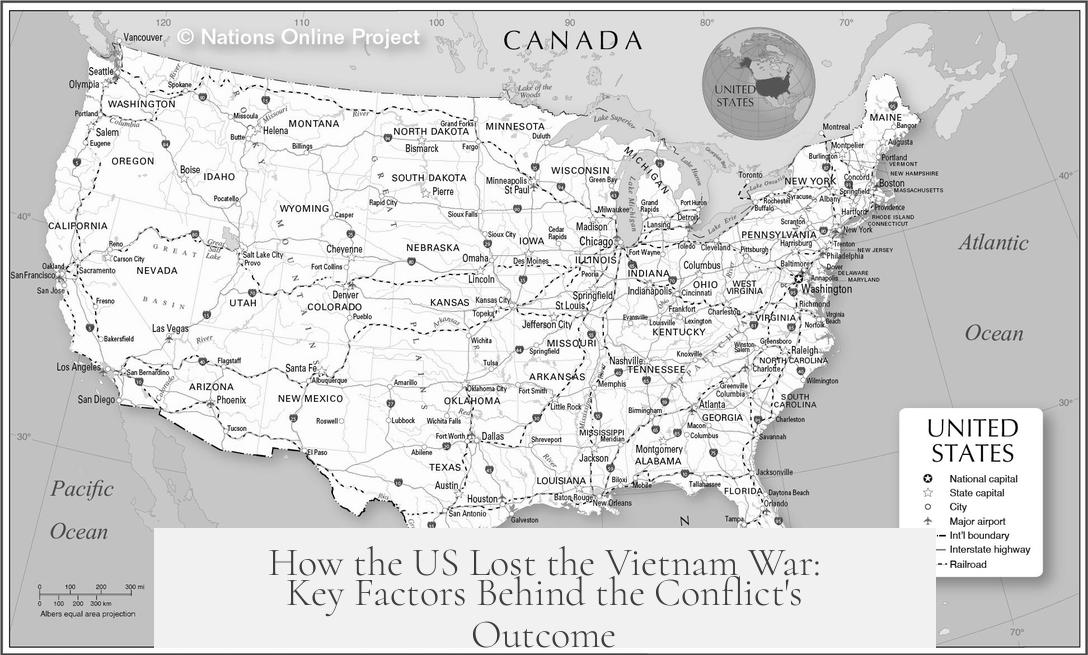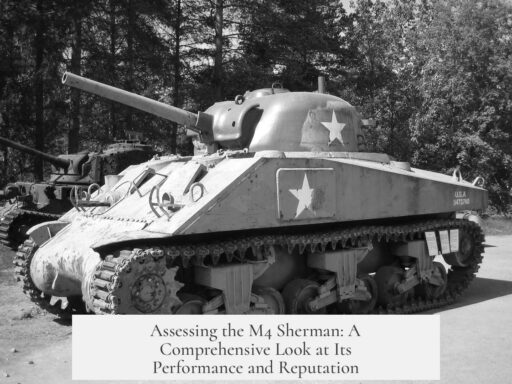The US lost the Vietnam War due to a combination of ineffective military strategies, lack of domestic support, political and social challenges within Vietnam, external support for North Vietnam, and fundamental misunderstandings of the nature of the conflict.
The US military faced significant challenges in fighting the Vietnam War. Despite having superior firepower and technology, bombing campaigns such as Operation Rolling Thunder failed to decisively weaken the North Vietnamese Army (NVA) and the Vietcong. The dense jungle and mountainous terrain favored guerrilla tactics, which Vietnamese fighters masterfully used to their advantage. These tactics included ambushes, hit-and-run attacks, and an extensive network of tunnels that American forces struggled to combat effectively.
- Bombing campaigns were limited by political concerns about escalating the war with China or the Soviet Union, and by the difficulty of targeting hidden supply routes and jungle cover.
- Guerrilla warfare allowed the Vietcong to blend with civilians, making it hard for US forces to distinguish friend from foe.
- The tunnel systems provided safe havens immune to bombing, gas, or flooding.
Another critical issue was the erosion of public support at home. The Vietnam War dragged on with increasing American casualties and unclear progress. Many in the US questioned the war’s justification, especially given concerns about South Vietnam’s legitimacy and corruption. As media coverage revealed atrocities and the war’s brutal realities, public morale diminished sharply.
- Opposition to the war grew, fueling a counterculture movement and political pressure.
- The war became a test of willpower; the Vietcong only needed to survive and resist, whereas the US sought decisive victory.
- Limited war objectives and reluctance to commit fully reduced US flexibility and effectiveness.
The political context in Vietnam also complicated US efforts. The South Vietnamese government, backed by the US, lacked legitimacy in the eyes of many Vietnamese. It was often seen as corrupt and disconnected from the rural population. Meanwhile, the North Vietnamese promoted a strong nationalist and communist ideology, positioning their fight as a war for independence and reunification. This ideological drive helped sustain their long-term commitment.
External aid played a vital role. North Vietnam received significant military and logistical support from China and the Soviet Union. This support deterred the US from escalating the conflict into full-scale war with these powers, limiting American strategic options.
The conflict was also essentially a civil war within Vietnam. The US was an external actor in a complex nationalist struggle. Understanding this was key, yet US political and military leaders often misinterpreted the conflict, viewing it solely through the Cold War lens of communist containment.
Failure to win the “hearts and minds” of the Vietnamese people further undermined efforts. US troops often caused civilian casualties through heavy bombing and operations like Speedy Express, alienating the population. This made it easier for the Vietcong to recruit and gain local support.
- American arrogance and misunderstanding of Vietnamese culture and politics impaired policy and military decisions.
- Frequent troop rotations affected combat effectiveness and morale, with soldiers focusing on survival rather than long-term objectives.
- Poorly supplied troops, limited targeting of enemy sanctuaries, and ineffective propaganda campaigns limited US impact.
| Key Factor | Impact |
|---|---|
| Ineffective Military Strategies | Guerrilla tactics and dense terrain negated US technological advantages; bombing failed to break enemy will. |
| Domestic Opposition | Low public support in the US limited political will to sustain long-term commitment. |
| Political Legitimacy in Vietnam | US-backed South Vietnamese government lacked popular support; North Vietnamese nationalism was strong. |
| External Support for North Vietnam | China and USSR aid bolstered North Vietnamese resilience and deterred US escalation. |
| Misunderstanding the War | Viewing the conflict purely as Cold War containment led to flawed policies and failure to address nationalist elements. |
In summary, the US loss in Vietnam was due to multiple overlapping causes.
- Effective guerrilla warfare and terrain advantages favored Vietnamese forces.
- US military strategies, including bombing, failed to achieve decisive results.
- Domestic opposition in America weakened political resolve.
- South Vietnam’s government lacked legitimacy among its people.
- North Vietnam’s nationalist drive and external support sustained the fight.
- Misreading the war as a conventional Cold War conflict led to inadequate responses.
- Failure to win local support alienated the population further.
How Did the US Lose the Vietnam War? Unpacking the Complex Puzzle
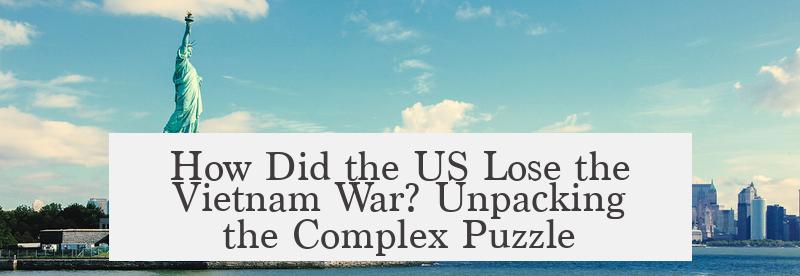
The United States lost the Vietnam War primarily because it fought a war it couldn’t win: constrained by limited strategies, misunderstood enemy tactics, lacked home-front support, and faced an opponent unified by nationalism and supported by powerful adversaries. Let’s break down this complex story piece by piece, uncovering why the mightiest military of its time stumbled in the dense jungles of Vietnam.
Most people imagine the US as a dominant force that lost only because of politics, but the reasons go deeper, from botched military strategies to social and political miscalculations on both sides. Imagine stepping into the confusing quagmire that was Vietnam in the 1960s—an intricate clash of guerrilla tactics, Cold War geopolitics, and cultural misunderstandings.
Bombing Limitations and Guerrilla Tactics: The Military Struggle
The US tried to solve the problem with brute force—Operation Rolling Thunder was their relentless bombing campaign aiming to break the North Vietnamese resolve by dropping tons of bombs. Spoiler: it didn’t work.
Why? Because the Viet Cong and North Vietnamese Army (NVA) hid among dense, mountainous jungle, turning their environment into a weapon. This was no “drop bombs, win war” situation like World War II. The terrain was a nightmare to navigate, and the NVA mastered guerrilla warfare—small, swift attacks and disappearing into the jungle like smoke.
Imagine trying to drop a bomb on a moving needle hidden in acres of foliage. On top of that, indiscriminate bombing would have turned the US into the world’s villain, damaging America’s reputation as the “leader of the Free World.” Countries like China and the USSR backed North Vietnam, making any massive escalation risky. This meant the US was forced to limit its bombing and operations, avoiding attacking the North aggressively. It’s like having a baseball bat but only allowed to swing lightly.
And then, there were the tunnels—the infamous Viet Cong tunnel systems. These weren’t just holes in the dirt; they were extensive underground cities that US forces couldn’t bomb or gas out. To tackle this problem, the US sent in “tunnel rats”—usually small, courageous soldiers who crawled through these deadly mazes filled with booby traps. It was dangerous and exhausting work that symbolized the unusual warfare the US faced.
Underestimating the Enemy and the Will to Fight
The US underestimated the tenacity and strategy of the Vietnamese fighters. They mistook the conflict as a straightforward battle against communists backed by superpowers and missed the nationalist heart beating under it all. The Viet Cong didn’t need to win every battle; they just had to survive and continue, gradually bleeding American resolve.
This was, in short, a war of attrition, and attrition isn’t a game the US was prepared for. While the US struggled to keep enthusiasm and support alive at home, Vietnam fought with a fierce commitment born from decades of resisting colonial powers. Their communist ideology was blended with a deep sense of national unity, making surrender virtually unthinkable. Americans were fighting a distant war without direct personal stake, while Vietnamese fought for their homeland.
Lack of Domestic Support and Political Will: The Home Front Factor
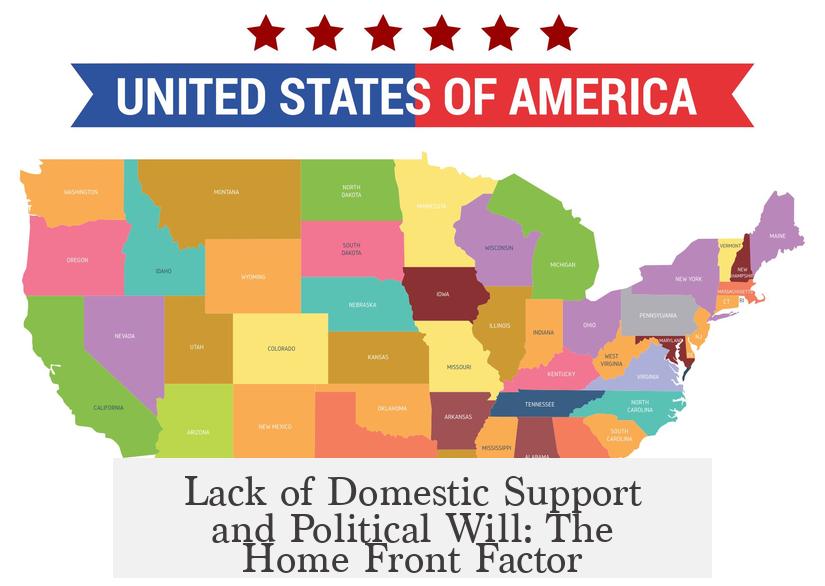
Ask yourself: How vital is public support during wartime? For the US in Vietnam, it was practically nonexistent. Initially, the American public didn’t rally behind the war because many didn’t see why young men had to die for a country halfway across the world that few knew well.
As the conflict dragged on, images of destroyed villages, civilian casualties, and returning wounded soldiers flooded TV screens. Public opinion shifted from ambivalence to outright opposition. Walter Cronkite, a trusted news figure, famously declared the war unwinnable on national TV, crystallizing American doubt.
With mounting casualties—tens of thousands of Americans died, while millions of Vietnamese also suffered—public morale collapsed. The counterculture movement of the 1960s, with its anti-war protests, became a powerful voice demanding the US exit the war. Politicians had to listen or face domestic political consequences.
Political and Social Roots in Vietnam: The Legitimacy Dilemma
The US backed the government of South Vietnam, but the leadership was riddled with corruption and lacked legitimacy among the Vietnamese people. Ngo Dinh Diem, the South Vietnamese leader initially supported by the US, was unpopular, so much so that in protest, monks burned themselves alive. The US ultimately abandoned Diem, but the political damage was done.
Meanwhile, Ho Chi Minh, the leader of North Vietnam, enjoyed immense respect as a nationalist who had defeated the French colonialists. For many ordinary Vietnamese peasants, the fight was less about communism and more about throwing off foreign control and corrupt rulers. The US consistently viewed the conflict through the Cold War lens as a simple anti-communist crusade, missing the local political nuances.
This disconnect meant the US was never truly seen as a liberator but more as an occupying force. The North had widespread rural support while the South government relied heavily on American backing. That imbalance created a massive support base for the Viet Cong insurgents, making it near impossible for US forces to distinguish friend from foe in villages and countryside.
The International Chessboard: China, USSR, and Fear of Escalation
The Vietnam War wasn’t happening in isolation. China and the Soviet Union supplied the North Vietnamese with weapons, training, and support, keeping the conflict fueled and complicated.
Fear of escalating the war into a broader conflict with these mega-powers restrained US military options. The US didn’t dare invade North Vietnam outright, fearing Chinese intervention like in Korea, which would risk World War III. So US strategy remained defensive and limited in scope, fighting predominantly on South Vietnamese soil and avoiding catastrophic escalation.
The Nature of the Conflict: A Civil War Masquerading as a Global Struggle
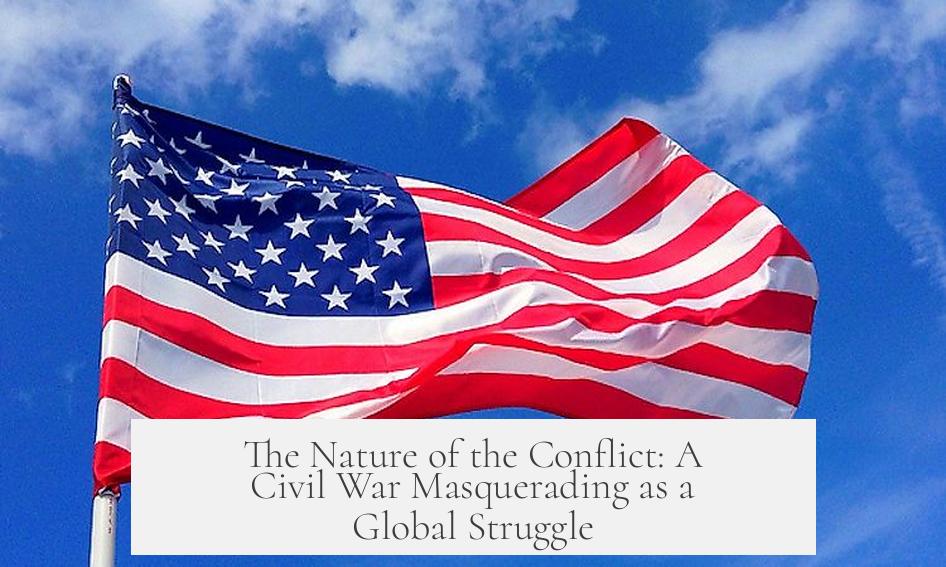
A crucial point often overlooked is that the Vietnam War was fundamentally a Vietnamese civil war. Two factions with differing visions for their country’s future fought each other. The US was an external power trying to influence the outcome.
Simply put, the war was “Vietnamese first,” with the US acting as an allied but ultimately foreign participant. The American leadership never fully grasped this reality, which skewed policies and military plans. You can’t impose your will on a deeply divided country with centuries of complex history by simply dropping bombs and sending soldiers.
Failure to Win Hearts and Minds: Lost in Translation
Winning a war isn’t just about destroying the enemy; it’s also about winning the local population’s support. The US badly failed here. Operations like Speedy Express resulted in thousands of civilian deaths with little military gain, breeding resentment among Vietnamese villagers.
The heavy use of bombing and chemical weapons like Agent Orange devastated the environment and civilians, further alienating the populace. Instead of winning hearts, the US troops sometimes came off as occupiers who measured success by body counts rather than tangible improvements in security or governance.
Arrogance, Misunderstanding, and Other Contributing Factors
Like many great powers before it, the US entered Vietnam with a dose of arrogance, confident Korea would be repeated but easier. They believed their Western military doctrine and technology would carry the day. Unfortunately, they underestimated the complexity of the war and the Vietnamese people’s resolve.
Many US commanders didn’t truly grasp who to back among the Vietnamese locals or understand the cultural dynamics. The troop rotation policy, replacing experienced soldiers every six months, ensured that the forces lacked continuity and expertise on the battlefield. Soldiers fought to survive their tour, not necessarily to win.
Even equipment was sometimes subpar. Troops received inferior rifles, and decisions to limit targeting meant the enemy still had safe zones. Worse, America’s propaganda campaign lagged behind, failing to communicate a compelling reason for war both internationally and domestically.
Final Thoughts: What Can We Learn?
So, why did the US lose the Vietnam War? It wasn’t a single mistake but a web of interlaced factors: military mismatches, political complexity, global power games, and a failure to understand the human terrain.
The story is a lesson in the limits of power and the importance of local legitimacy and public support. The US had superior technology but lacked clear objectives and underestimated an enemy fighting for national survival.
Next time you wonder why a seemingly powerful nation struggles in an overseas war, remember Vietnam—a tangled tale where jungle, hearts, minds, and politics combined into a conflict the US was never fully equipped to win.
Why couldn’t heavy US bombing defeat North Vietnamese forces?
US bombing struggled because North Vietnamese and Viet Cong forces were hidden in dense jungles and tunnels. Bombing alone couldn’t destroy hidden supply lines or guerrilla fighters. Also, heavy bombing risked damaging US global image and support.
How did guerrilla tactics give the Vietnamese an advantage?
The Vietnamese used hit-and-run attacks and knew the terrain well. Their jungle guerrilla tactics avoided direct confrontations. This forced US troops into difficult and unfamiliar conditions, weakening American effectiveness.
What role did US public opinion play in losing the war?
Many Americans opposed the war early on. As casualties rose and progress stalled, public support eroded further. This lack of domestic backing limited political will and pressured leaders to withdraw.
Why was tunnel warfare significant during the conflict?
The Viet Cong built extensive tunnels that US forces couldn’t easily detect or destroy. Soldiers had to enter these tunnels directly, facing deadly traps. This underground network gave the Vietnamese a critical strategic edge.
How did the war’s nature contribute to the US defeat?
The conflict was a war of attrition. North Vietnam only needed to outlast US will to fight rather than win decisively. Being on home soil with high motivation helped them endure, while American public fatigue grew with rising casualties.
